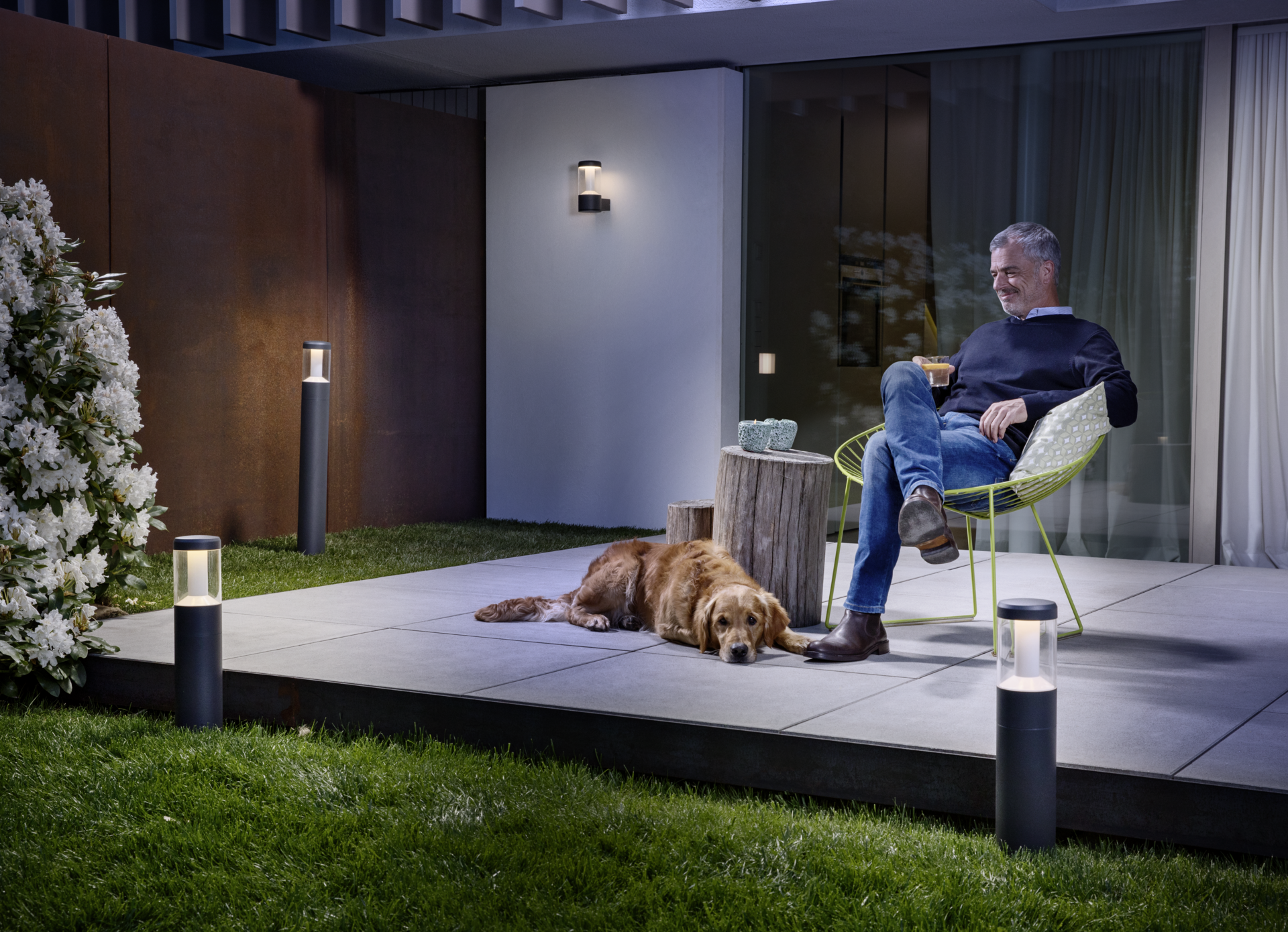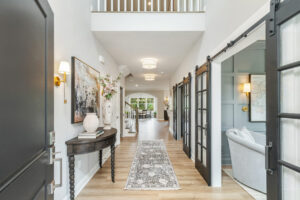
LED lights are all the rage these days and with good reason. These compact light sources have much to offer, namely energy efficiency and longevity. Whether you’re in the commercial or residential lighting market, there’s little doubt that LEDs are worth a second look. Below are some of the advantages of LED lights over other traditional lighting methods like incandescent bulbs or halogen lamps:
Advantages of LED lights over other traditional lighting methods
1. Energy efficiency
When energy efficiency is a priority, LEDs offer a great deal of light for very little energy. The most efficient LEDs are at least 90{a6ea356cef766ab2aaed02038066243f245b9e9ba2b0e6475118cf1fbe441f56} more efficient than incandescent bulbs and up to 50{a6ea356cef766ab2aaed02038066243f245b9e9ba2b0e6475118cf1fbe441f56} more efficient than halogen lamps.
The best LEDs come with their special warranty – the manufacturer offers a theoretical light output equal to one million candelas per watt (lm/W). So if your LED lamp is rated at 5000 lm, it will produce approximately 500,000 lm. That’s equivalent to the lights on 79 1-meter-high floodlights!
2. Long life
LEDs last for a long time – anywhere from 20,000 to 50,000 hours. That means you won’t have to replace your bulbs for over a decade! Normal LEDs have an average longevity of 25,000 hours. But you can make an even more expensive version that lasts 50,000 hours. LEDs can last so long because they don’t contain filament like incandescent bulbs, nor do they require moving parts like halogen lights. This means that you’ll enjoy energy savings and the convenience of fewer replacements too great to pass up!
3. Color temperature
LED bulbs are available in a very wide range of color temperatures. This allows you to find the perfect bulb for your needs whether you like warmer LED wall lights or something more bluish. The light color from an LED lamp is measured in Kelvins (K). Each Kelvin represents a specific and discrete temperature:
4. Performance and efficiency
LEDs are even catching up to traditional lighting sources regarding performance and efficiency. LED lamps have become brighter and brighter over time, but until recently, they’ve never been able to produce more than 350 lm per watt.
Uses Of LEDs
1. Commercial lighting
LEDs are a great choice if you’re in the market for commercial lighting. LEDs emit light at a wide range of color temperatures, so they can help deliver just the right amount of color at different times of the day. Some LED lights are great for accentuating specific colors like blue or green. Remember that LEDs have a more limited selection of colors than incandescent bulbs or halogen lamps.
2. General lighting
LEDs are a good choice if you want to light something up. They’re great for accenting areas or highlighting things like indoor plants and artwork. Or maybe you want to brighten up a room facing the elements like the garage or an outdoor patio. LEDs are generally very effective at those tasks, though you’ll probably have to give them plenty of time to warm up, producing sufficient light at night.
How LEDs Work
LED lamps contain a small amount of current-generating material called a chip or LED. The most common types are made from gallium arsenide, which produces light when an electrical current is sent through it. The main advantage of LEDs over incandescents is that the small amounts of power used to drive them can be converted into large amounts of light, thanks to the principle behind quantum physics.
It’s only natural that the first LEDbulbs to come onto the market were more expensive than incandescent and halogen bulbs. Characteristics like brightness and color temperature, however, have steadily improved. And as LEDs become more efficient, their prices will decrease even further. It’s only time before LEDs replace traditional lighting in new construction houses and commercial buildings.





